Drivers of Change Report: Socio-Economic and Legal Framework
VerifiedAdded on 2022/09/06
|11
|527
|15
Report
AI Summary
This report delves into the drivers of change within the automobile industry, with a specific focus on Tesla. It identifies and analyzes key trends, including technological disruptions like autonomous vehicles, artificial intelligence, and alternative energy sources, alongside demographic and socio-economic shifts. The report examines the implications of these drivers on Tesla's business model, including the adoption of new technologies, resource constraints, and sustainability initiatives. It further explores the legal and socio-economic frameworks influencing the industry, including the impact of customer awareness, changing preferences, and the significance of government regulations. The analysis incorporates various sources, including academic research and industry reports, to provide a comprehensive overview of the evolving landscape of the automobile sector and Tesla's strategic responses to these challenges. The report also discusses the significance and timeframe of the perceived drivers of change and its impact on Tesla.
1 out of 11
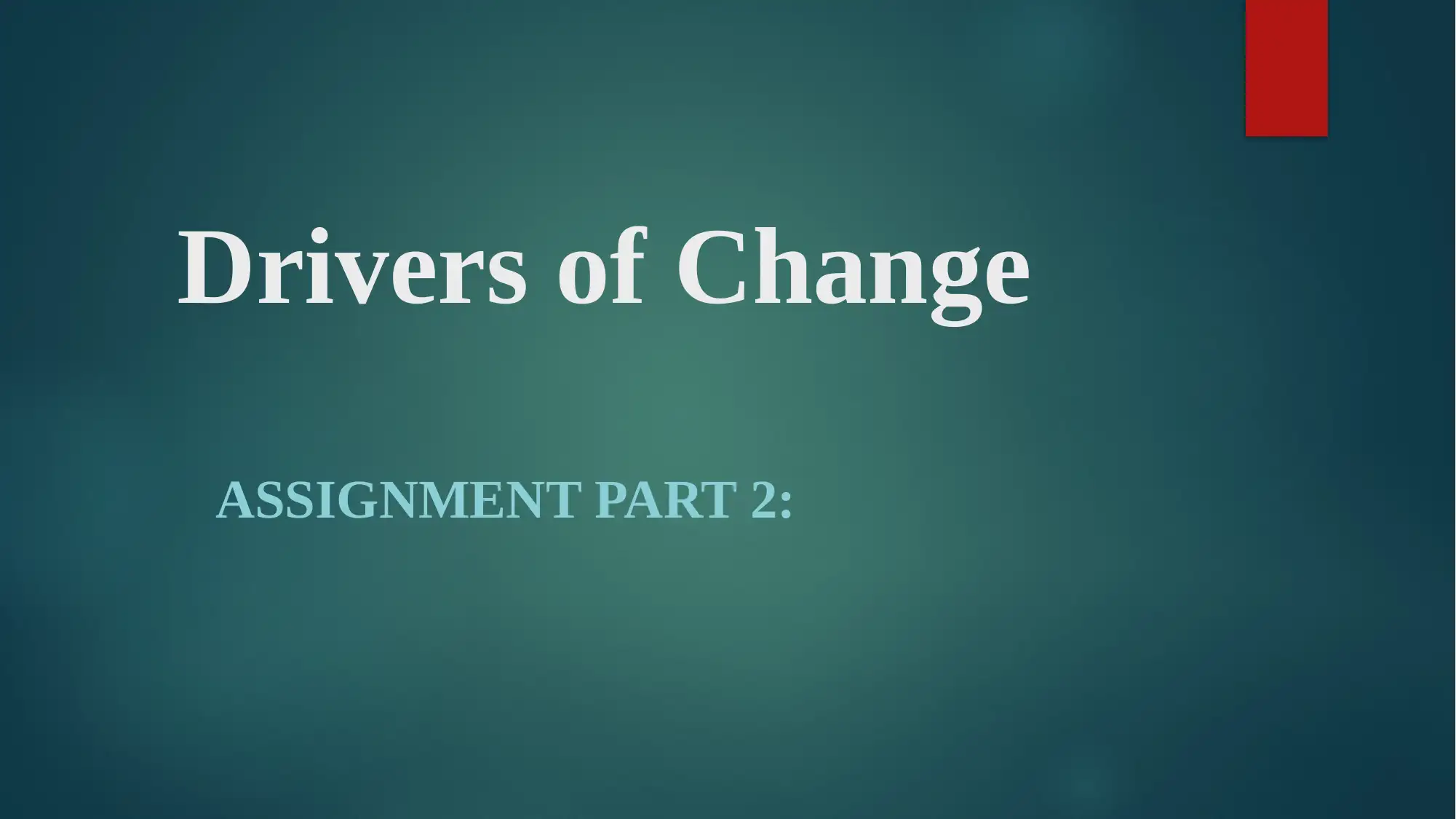
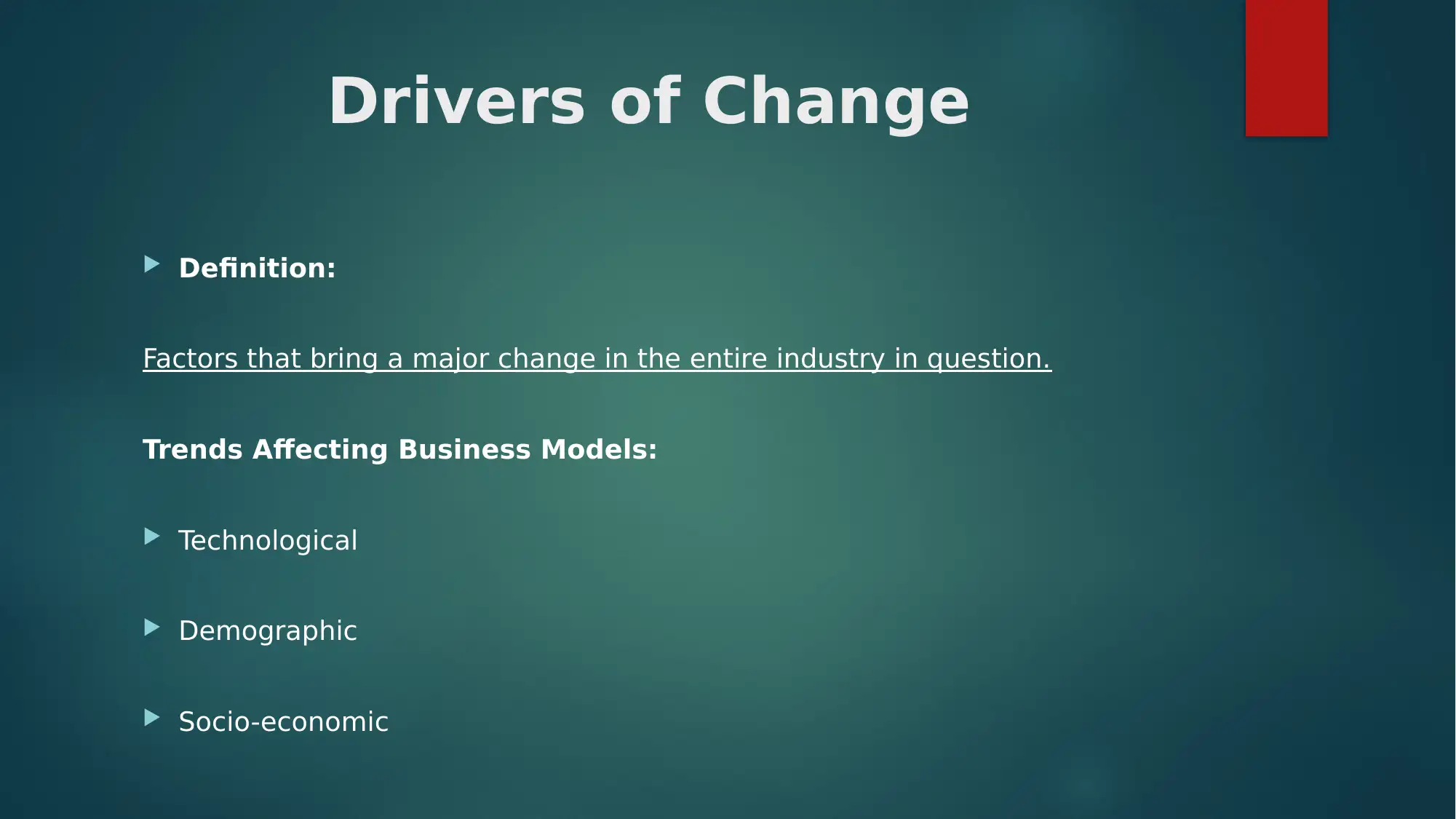
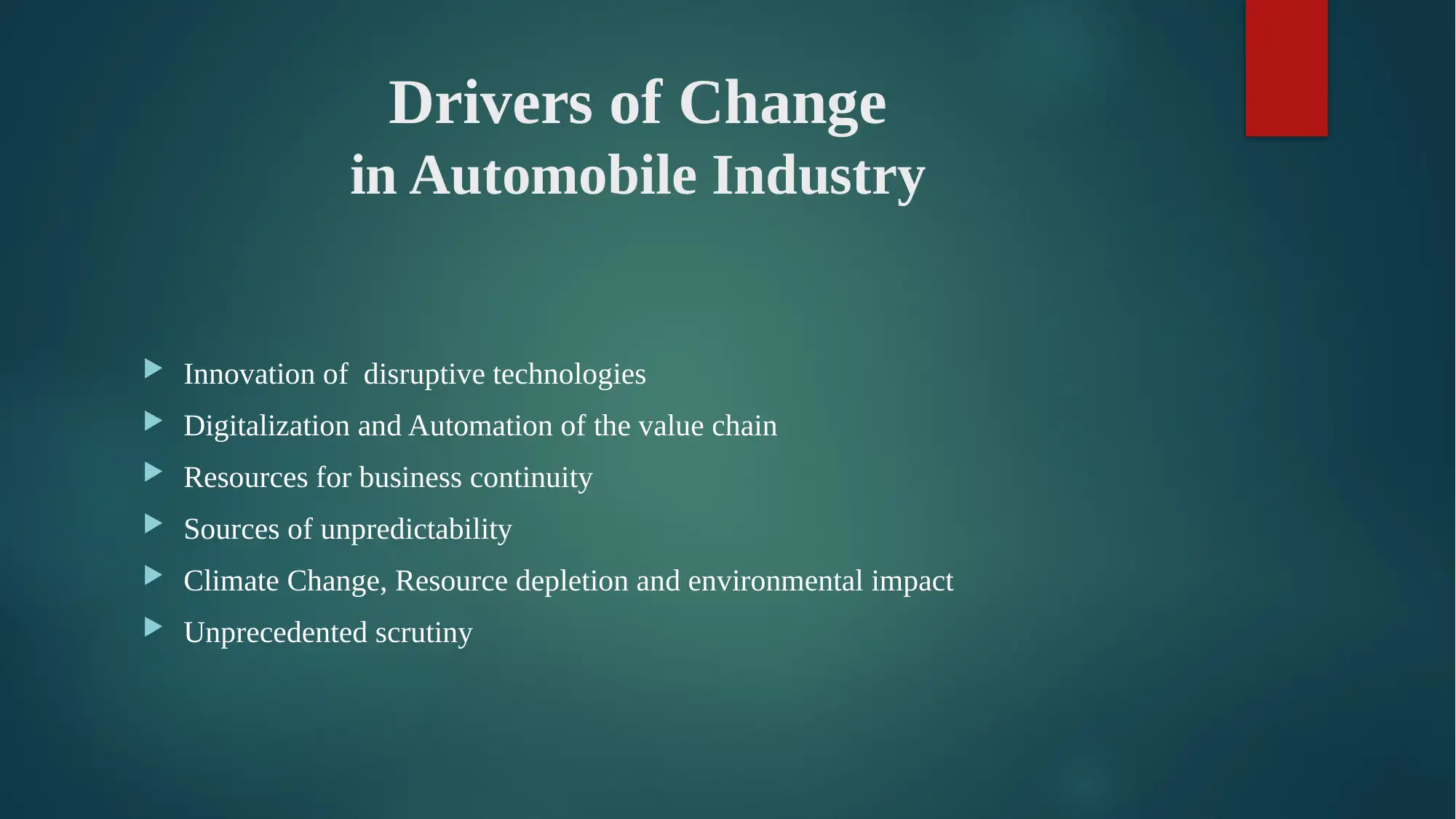

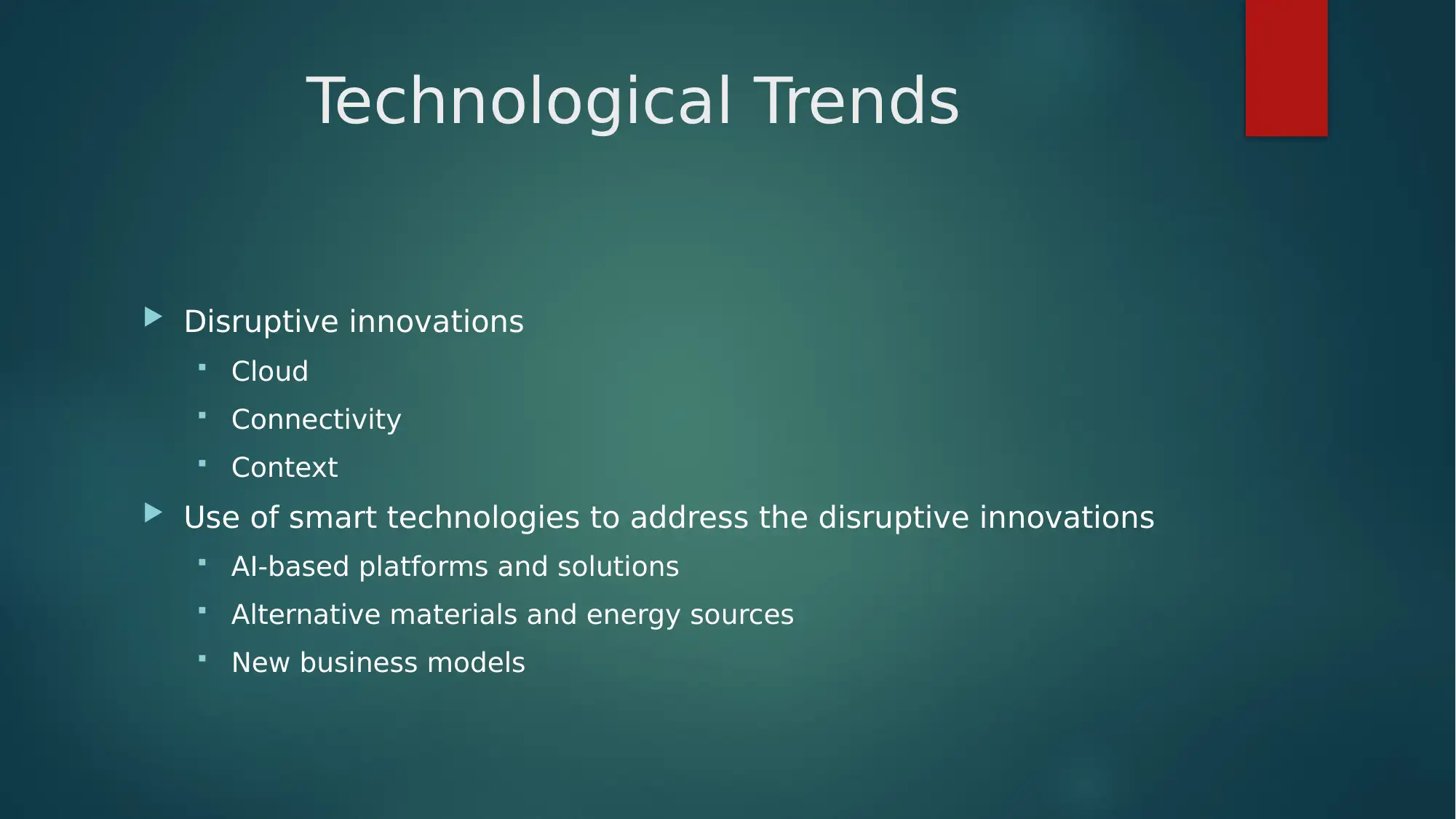
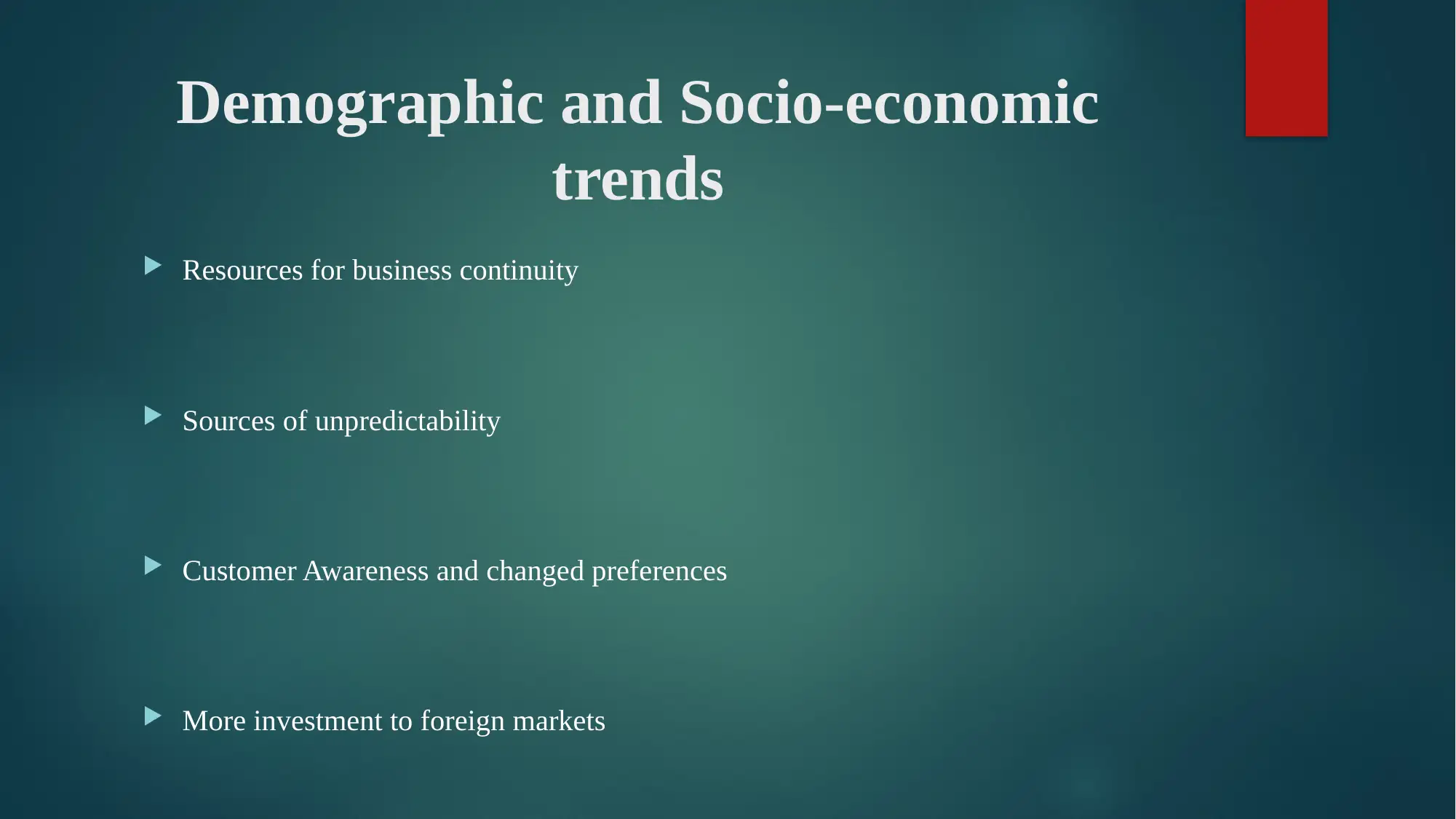
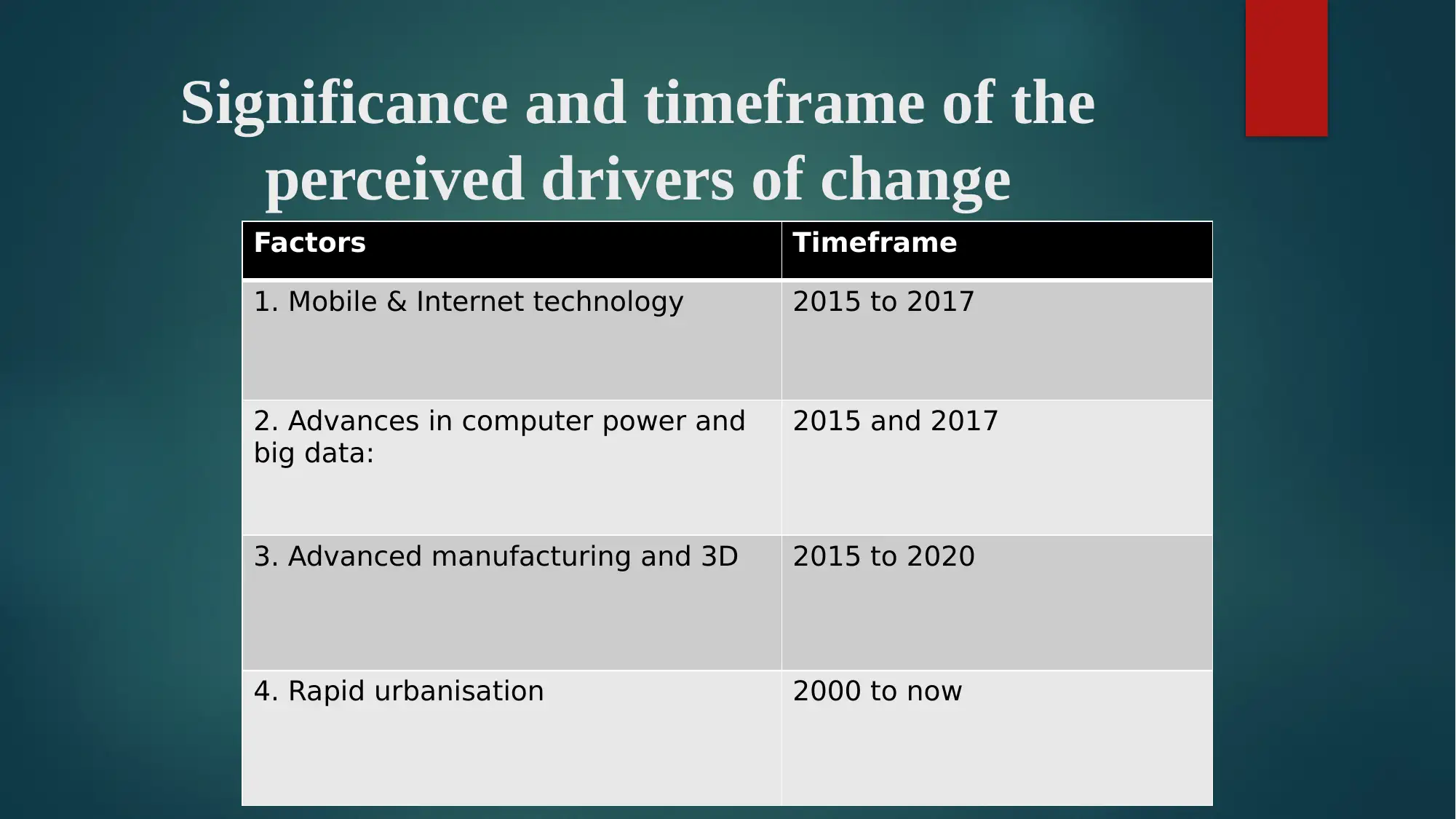

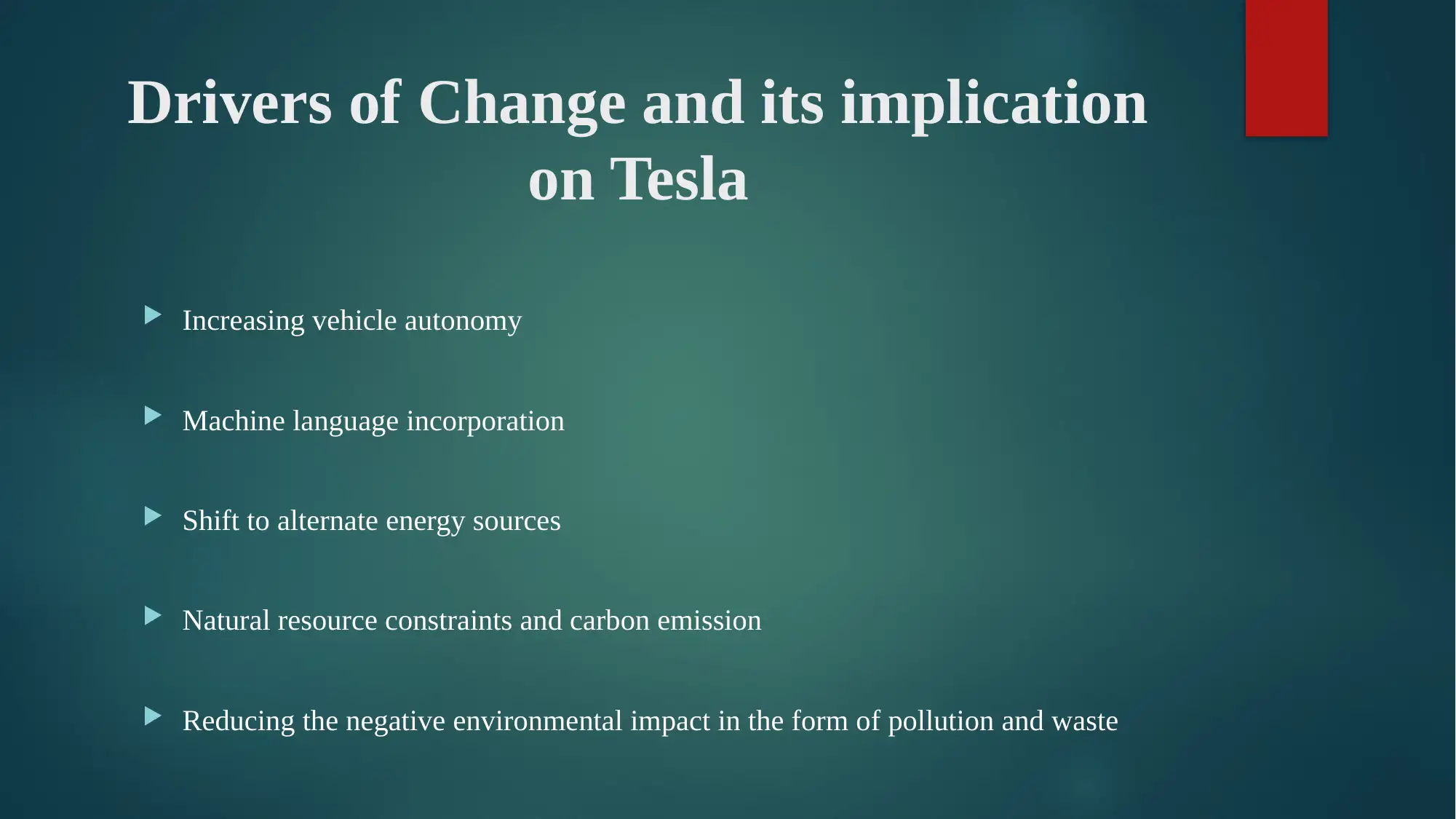
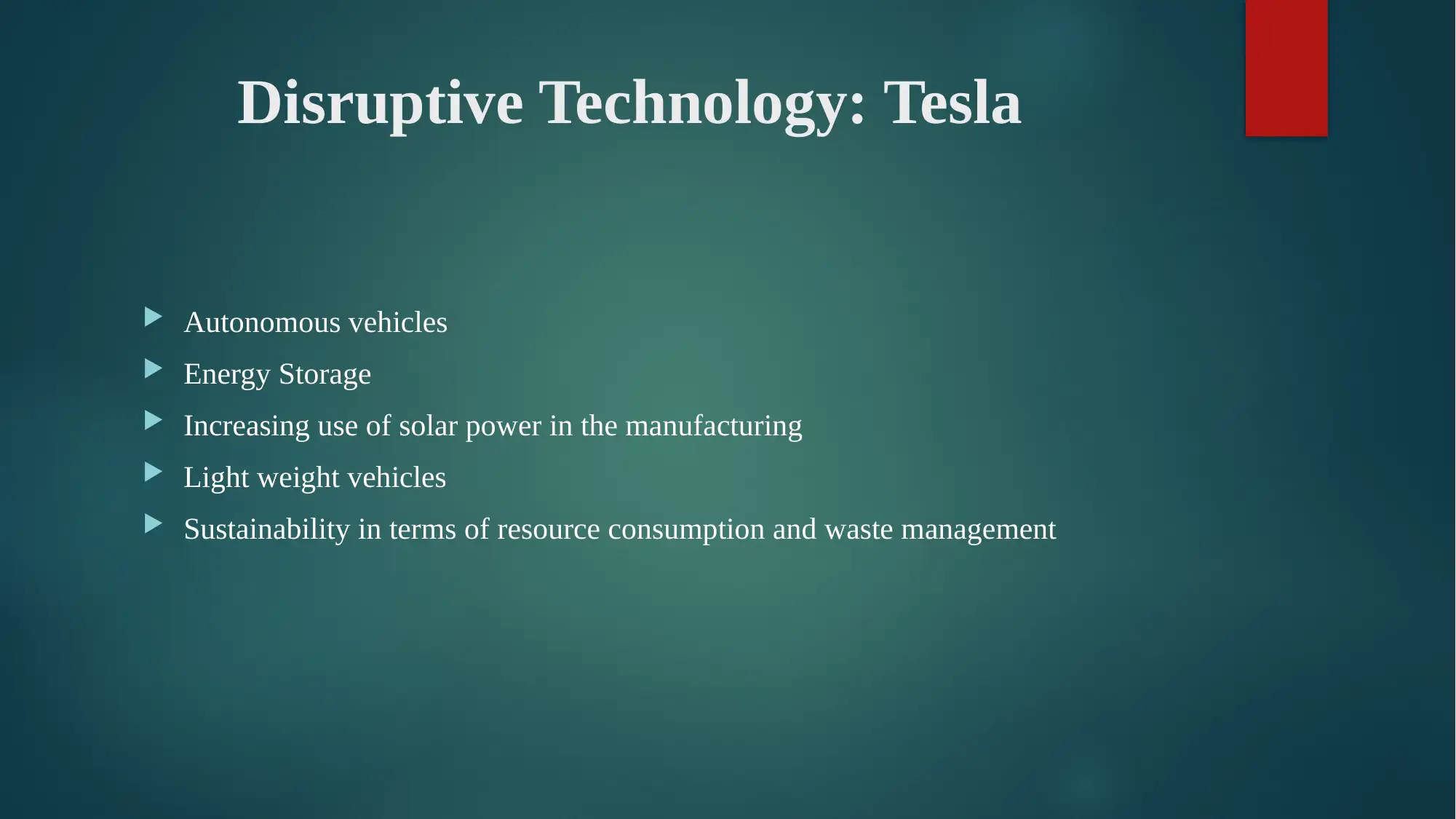
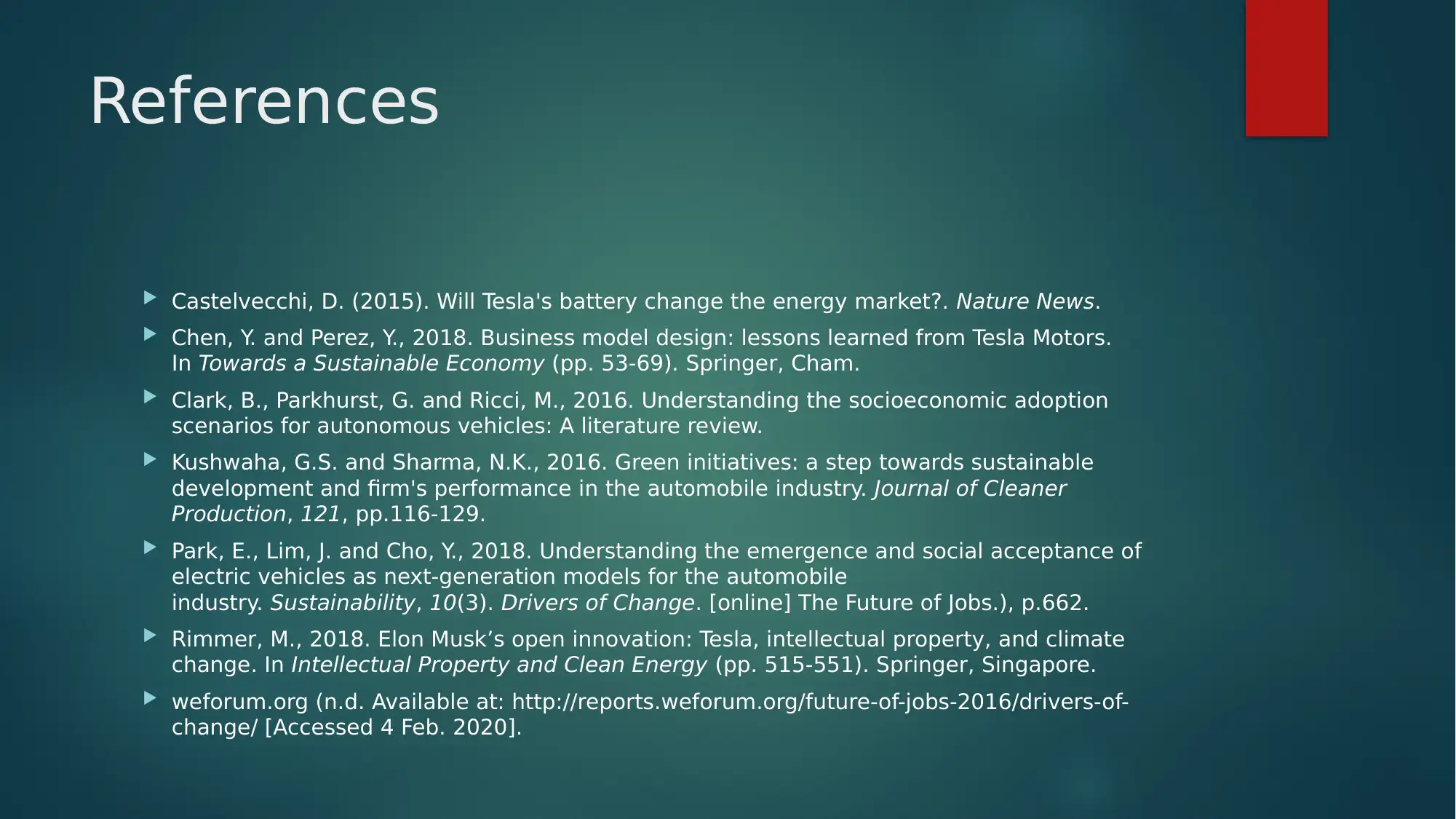






![[object Object]](/_next/static/media/star-bottom.7253800d.svg)